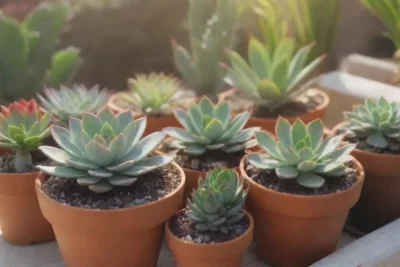
How to Monitor Temperature Levels in Your Succulent Garden
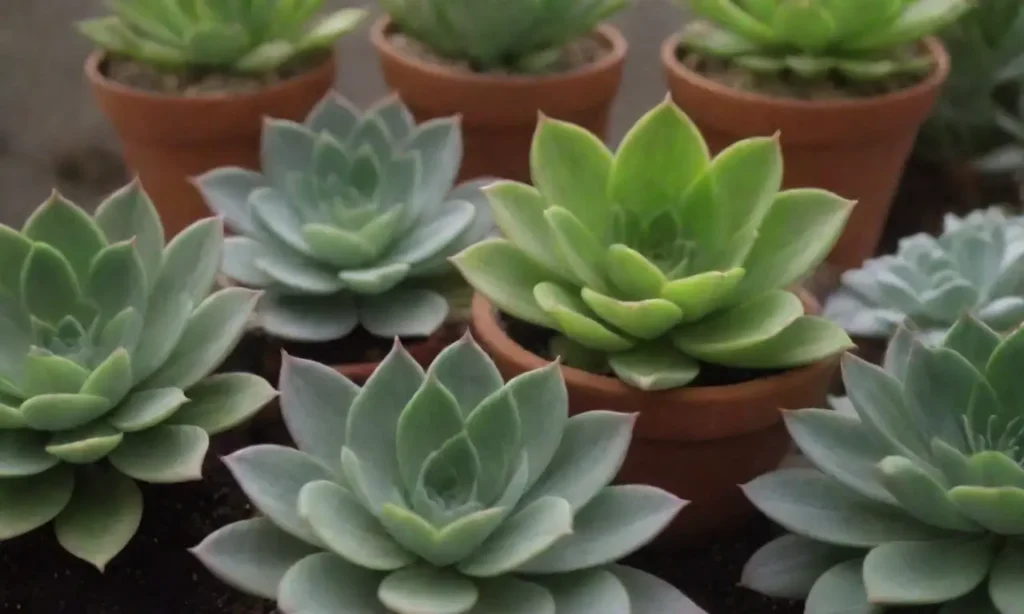
Introduction
Succulent plants have gained immense popularity due to their stunning variety and low maintenance requirements. However, maintaining the right temperature levels is crucial for their health and growth. Unlike many traditional houseplants, succulents are highly sensitive to temperature fluctuations, and monitoring these levels can be the difference between a thriving garden and a wilting disaster. In this article, we will delve into an array of methods, tools, and techniques that you can use to effectively monitor temperature in your succulent garden.
Additionally, this article aims to empower you by providing a comprehensive understanding of temperature effects on succulents, tools for monitoring temperature, and best practices for maintaining an ideal environment. By the end, you will not only be equipped with actionable strategies but also be inspired to take your succulent gardening to the next level.
Understanding the Temperature Needs of Succulents
Temperature plays a pivotal role in the life cycle of succulents. Succulents are adapted to thrive in arid environments with significant temperature variations—warm days and cooler nights. Ideal temperature ranges usually hover around 65°F to 80°F (18°C to 27°C) during the day and should not drop below 50°F (10°C) at night. Understanding these optimal temperature levels is critical in creating an ideal growth condition.
Moreover, temperature extremes can adversely affect photosynthesis, the very process that fuels succulent growth. High temperatures can lead to heat stress, manifesting as wilting or leaf drop, while low temperatures can cause rot and fungal issues. For instance, even hardy varieties can suffer if exposed to freezing temperatures for prolonged periods. Thus, knowing your succulents' specific temperature tolerance is crucial for their survival.
In addition, the temperature also influences water uptake in succulents. Excessive heat can cause succulents to lose moisture too quickly, leading to dehydration. Conversely, cold temperatures can result in slowed growth and water intake, further heightening the risk of rot if combined with high humidity. Therefore, accurate monitoring of temperature levels will not only protect your plants but also promote lush, vibrant growth.
Tools and Techniques for Monitoring Temperature
Infrared Thermometers
One of the most efficient tools for monitoring temperature levels in your succulent garden is an infrared thermometer. This device offers the benefit of taking surface temperature readings from a distance, which is particularly useful for larger gardens or those with hard-to-reach plants. Infrared thermometers can quickly give you readings of ambient temperature as well as the temperature of the soil and the succulent leaves themselves.
Using an infrared thermometer is straightforward: aim the device at the target surface and pull the trigger to get an instant reading. This can be especially handy when checking various spots in your garden, particularly in a container garden where the heat may vary between containers. It’s prudent to measure the temperature at different times of the day, as it can fluctuate based on solar exposure.
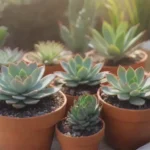 Preparing Your Succulents for Summer: Temperature Considerations
Preparing Your Succulents for Summer: Temperature ConsiderationsNonetheless, keep in mind that while an infrared thermometer provides surface temperatures, it does not account for the actual microclimate that might be affecting the roots of the succulents. To provide a more comprehensive monitoring system, this tool should be combined with others like traditional thermometers.
Traditional Thermometers and Weather Stations
While infrared thermometers are excellent for instant readings, traditional thermometers—especially those designed for outdoor use—can be a practical solution for long-term temperature monitoring. These thermometers provide continuous readings, often with temperature memory features that store high and low temperature data over time.
Additionally, modern weather stations can give you insights beyond temperature, incorporating humidity levels and barometric pressure, which can significantly affect your garden's microclimate. Many of these stations come with wireless options, allowing you to check conditions from the comfort of your home. These devices will enable you to track variations throughout the day and night, ensuring that your succulent garden remains within the safe temperature range.
When selecting a thermometer or weather station, aim for models that are easy to read and clearly indicate the outdoor temperature levels. It's essential to place these devices in a location that accurately reflects the environmental conditions your succulents experience, ensuring that they are not influenced unduly by elements like shade or direct sunlight.
Digital Temperature Loggers
For those looking to take data collection further, digital temperature loggers offer an advanced solution. These devices can record temperature readings at set intervals and store the data on an SD card or send it to a smartphone app via Bluetooth. This feature is incredibly beneficial if you want to track temperature trends over days and weeks.
Digital loggers can accommodate multiple sensors that can be strategically placed in various spots around your garden, allowing for a comprehensive view of your succulent garden's temperature fluctuations. Additionally, many of these loggers can provide alerts when readings go beyond pre-set thresholds, enabling you to take quick action if temperatures are becoming hazardous for your plants.
However, as convenient as this technology is, it typically requires more upfront investment than traditional methods. Therefore, consider your budget and the technological level you're comfortable with before embarking on this route.
 Which Succulent Varieties Are Most Heat-Resistant?
Which Succulent Varieties Are Most Heat-Resistant?Best Practices for Maintaining Optimal Temperature Levels
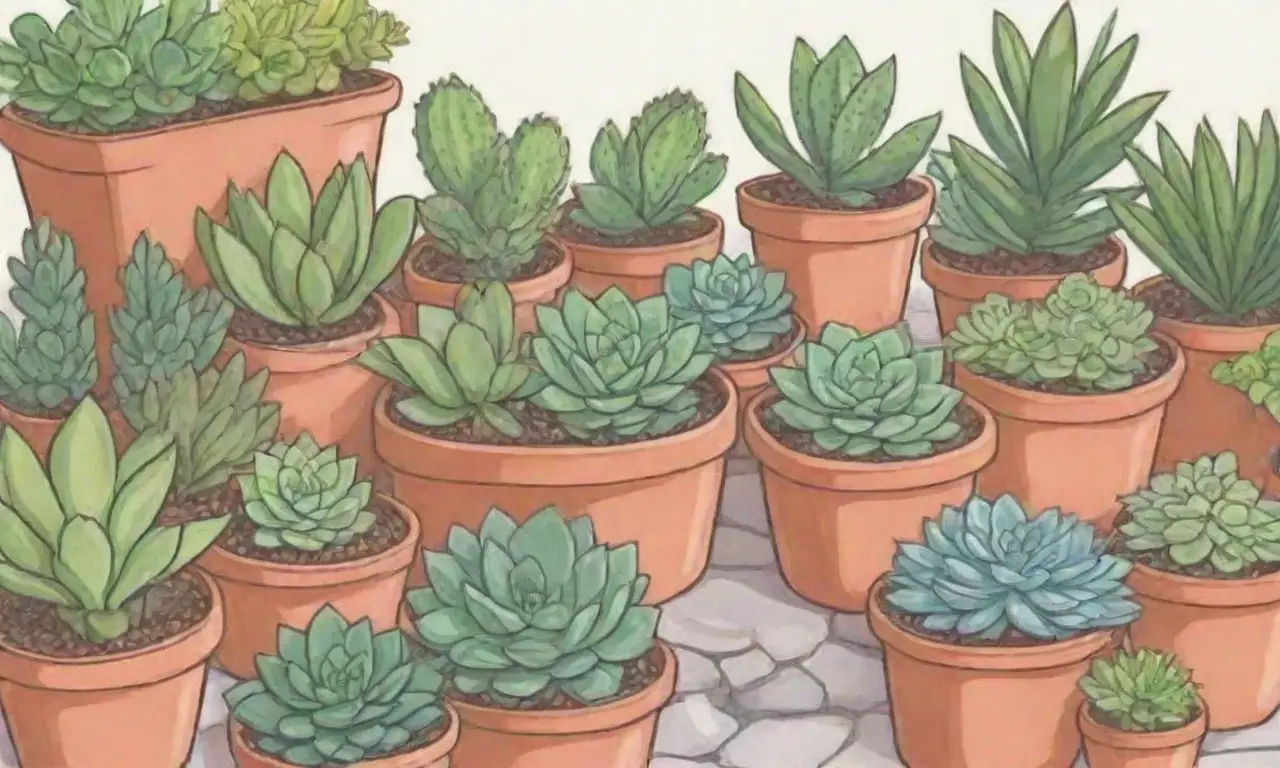
Strategic Placement of Your Succulents
One of the simplest yet most effective strategies for managing temperature levels in your succulent garden is the strategic placement of your plants. Given that succulents have varying tolerance levels to temperature and sunlight, placing them in ideal locations either indoors or outdoors is essential.
For example, succulents exposed to direct sunlight will flourish during the day but may be at risk of overheating if they are not shielded from afternoon rays. Consider using shaded areas during the height of summer or placing taller plants to block intense sunlight for more sensitive varieties. Conversely, in cooler months, relocating your succulents to sunnier spots can provide the necessary warmth that can boost their health.
In container gardens, don’t underestimate the importance of the material of your pots. Terra cotta pots are porous and allow heat to dissipate, providing a cooler environment for your plants during scorching heat. On the other hand, plastic pots retain heat and can cause excessive warmth if not monitored. By understanding these factors, you can make informed decisions that harmonize well with your environment.
Insulation Techniques
Another approach to managing temperature in your succulent garden relates to insulation techniques. During the winter months, succulents may benefit from additional protection against cold drafts and frost. Certain methods can help safeguard your plants, including row covers, blankets, or even old sheets, to insulate your succulents during chilling nights.
In addition, consider utilizing mulch or substrate enhancements to reduce heat loss from the soil. Organic materials like pine needles or wood chips not only help insulate the soil but also provide a microclimate that protects delicate root systems from harsh environmental changes. When combined with appropriate placement, these simple techniques can significantly enhance your succulent garden's temperature management.
Watering Techniques
Watering can also greatly influence temperature management. During hot weather, a heavy concentration of water can cool the soil down while promoting optimal growth. However, it's critical to understand that over-watering can lead to root rot, so ensure you maintain a proper watering schedule and monitor your soil moisture levels closely.
 How to Protect Your Succulents During a Heat Wave or Frost
How to Protect Your Succulents During a Heat Wave or FrostIn the cooler months, it’s best to reduce watering frequency. Ensure that your succulents are not watered if temperatures are below 50°F (10°C) to avoid cold-stress conditions. Always check each plant's specific needs, adapting your method based on the local climate and environmental conditions in your garden.
Conclusion
Monitoring temperature levels in your succulent garden is more than a mere practice; it is an essential part of nurturing healthy, vibrant plants that can truly thrive. With the right understanding of your succulents’ temperature needs, combined with effective monitoring tools such as infrared thermometers, traditional thermometers, and digital loggers, you can create an optimal environment tailored for their growth.
Furthermore, implementing best practices like strategic placement, insulation, and responsible watering will provide your succulent garden with the added resilience it needs to tackle temperature fluctuations. These methods not only enhance the health and beauty of your plants but also allow you to gain deeper satisfaction and joy from your gardening endeavors.
In essence, keeping a close eye on temperature does not require a degree in horticulture; it simply requires a desire to learn and adapt. By taking the steps outlined in this article, you are well on your way to becoming an expert in succulent care, ensuring that your garden flourishes across all seasons. Happy gardening!
If you want to read more articles similar to How to Monitor Temperature Levels in Your Succulent Garden, you can visit the Temperature Tolerance category.

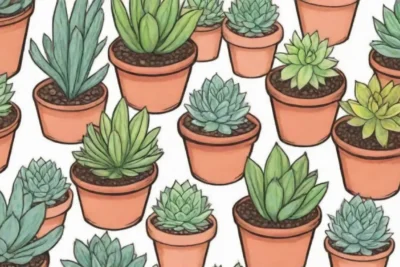
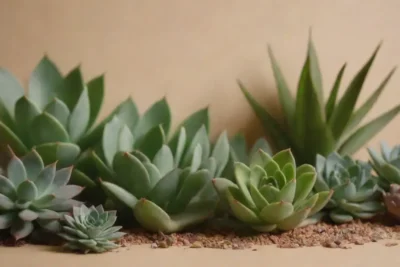
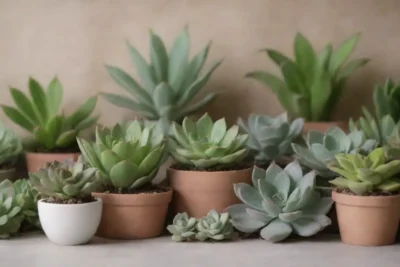
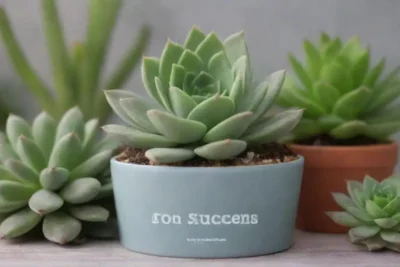
You Must Read